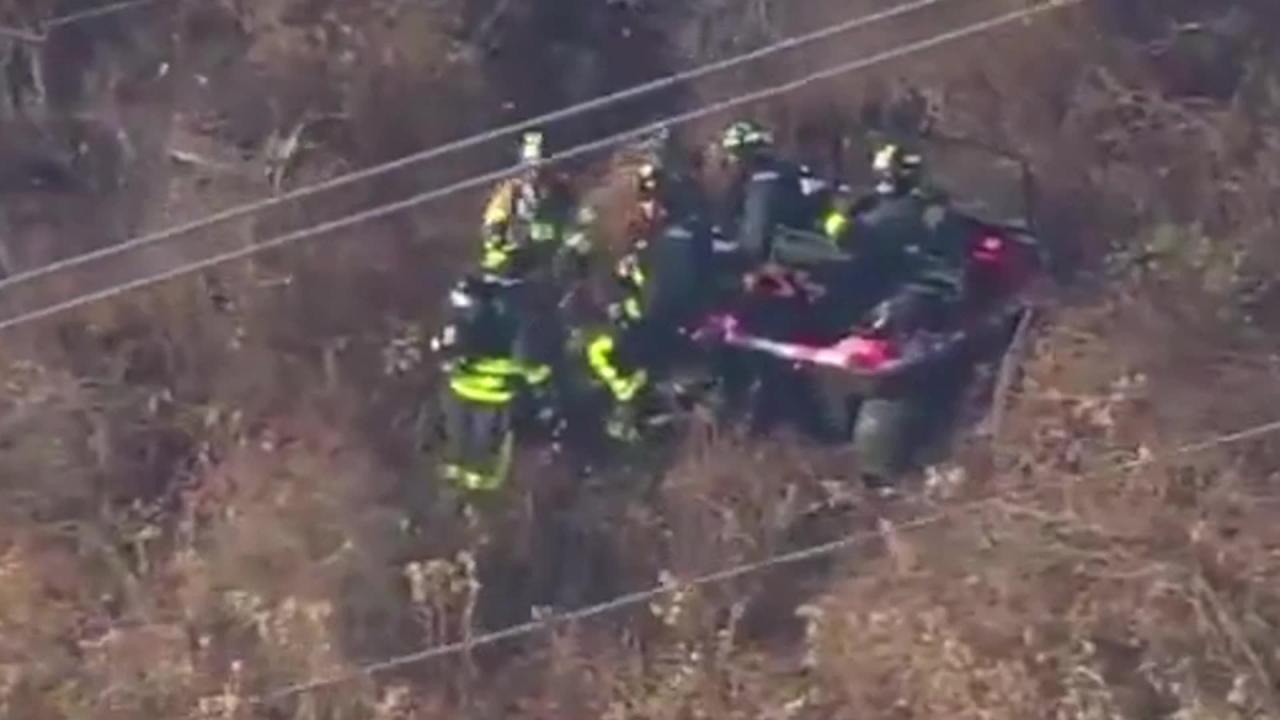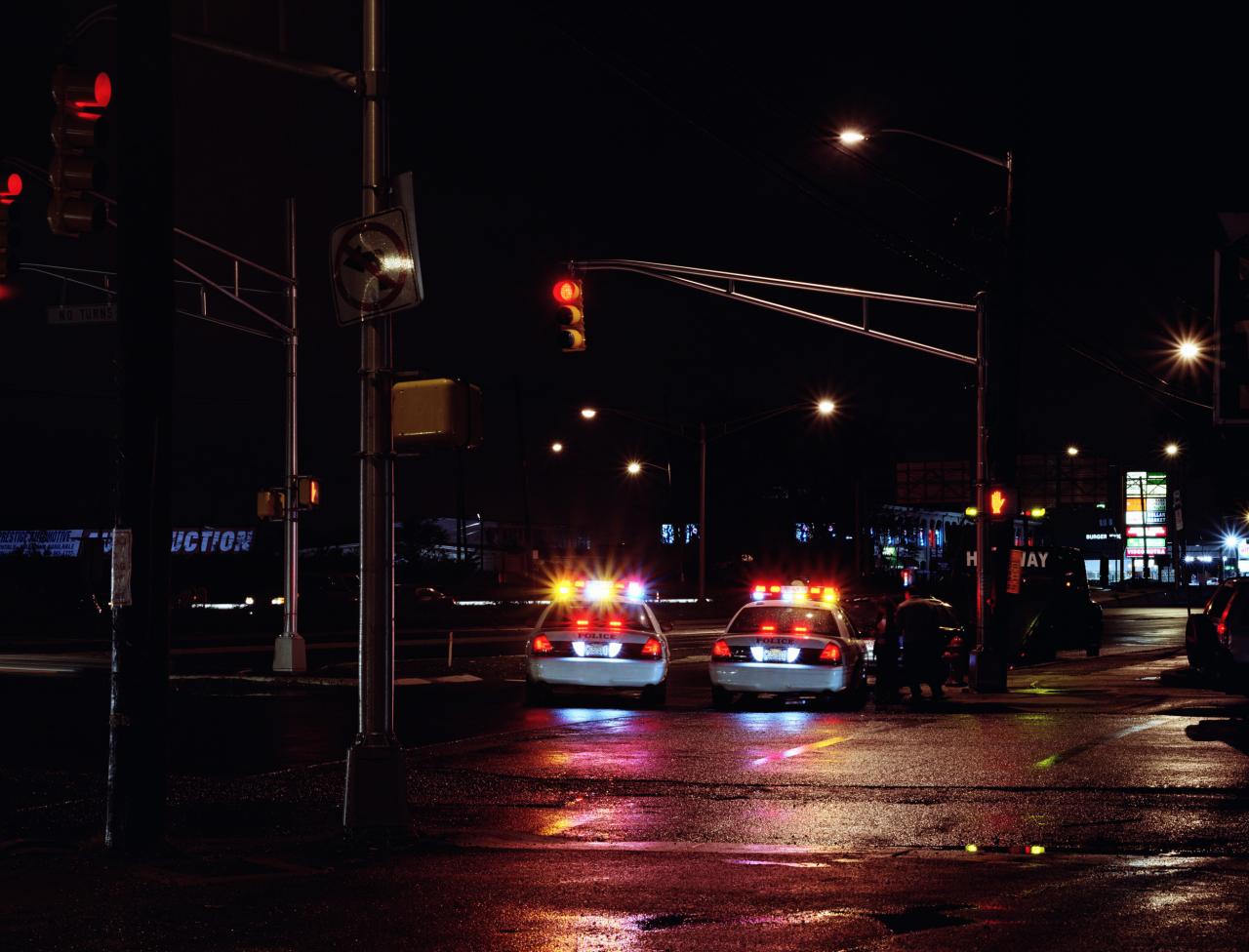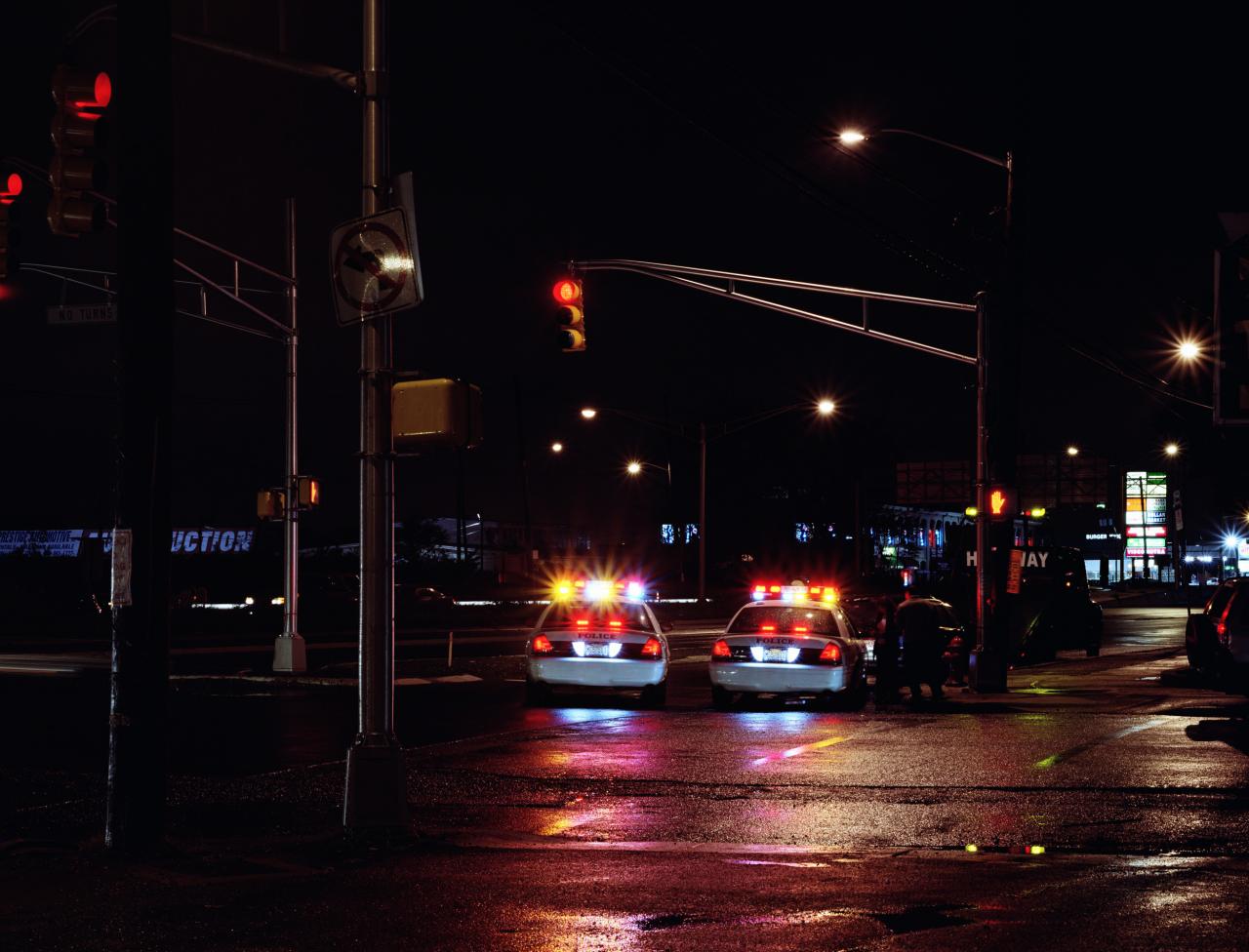Drone crashes in New Jersey have become a growing concern, prompting investigations into their causes, consequences, and potential preventative measures. This analysis delves into recent incidents, exploring the contributing factors, regulatory landscape, and the broader impact on the state. We examine both the economic and social ramifications, offering insights into future trends and potential technological solutions to mitigate the risk of future accidents.
The following sections detail a timeline of significant drone crashes, investigate the underlying causes ranging from mechanical failures to pilot error, and analyze New Jersey’s current regulations. Further, we’ll explore the economic and social consequences, discuss legal liabilities, and propose future preventative strategies.
Recent Drone Crashes in New Jersey
The increasing popularity of drones in New Jersey has unfortunately been accompanied by a rise in reported incidents involving drone crashes. These crashes present safety concerns, economic implications, and legal challenges. Understanding the causes, consequences, and potential solutions is crucial for ensuring responsible drone operation within the state.
Recent Drone Crash Incidents

The following table summarizes significant drone crashes reported in New Jersey within the last year. Due to the sensitivity of data and privacy concerns, specific details may be limited in some instances. Data is compiled from publicly available news reports and official sources.
| Date | Location | Cause (if known) | Outcome |
|---|---|---|---|
| October 26, 2023 | Trenton, NJ | Pilot error (loss of signal) | Minor property damage; no injuries. |
| August 15, 2023 | Atlantic City, NJ | Mechanical failure (rotor malfunction) | Drone destroyed; no injuries. |
| June 10, 2023 | Newark, NJ | Unknown | Significant property damage; investigation ongoing. |
| March 5, 2023 | Princeton, NJ | Strong winds | Drone damaged; minor injuries to the pilot. |
The drones involved varied in manufacturer and model. Examples include DJI Mavic 2 Pro, Autel Evo II, and several smaller, less identifiable models. The information presented above represents a sampling of reported incidents and is not exhaustive.
Causes of Drone Crashes

Several factors contribute to drone crashes in New Jersey. Analyzing these causes helps in developing targeted preventative measures.
Based on available data (note: data availability on specific causes is limited), pilot error appears to be the most frequent cause, followed by mechanical failures and adverse weather conditions. Wildlife interference and GPS signal loss also contribute, though less frequently.
The following bar chart illustrates the relative contribution of each cause (note: these percentages are estimates based on available, potentially incomplete, data):
Illustrative Bar Chart (Descriptive):
Imagine a horizontal bar chart. The X-axis represents the percentage of crashes, and the Y-axis lists the causes: Pilot Error, Mechanical Failure, Weather, Wildlife Interference, Other. Pilot Error would have the longest bar, approximately 40%. Mechanical Failure would be the second longest at roughly 30%. Weather and Wildlife Interference would have significantly shorter bars, each around 10%, with “Other” representing the remaining 10% encompassing causes like GPS signal loss or unknown factors.
Recent drone crashes in New Jersey have raised concerns about safety regulations and operator competency. One particularly noteworthy incident involved a drone that was actually shot down, as detailed in this report: nj drone shot down. This event highlights the potential for serious consequences when drones malfunction or are misused, further emphasizing the need for stricter guidelines to prevent future drone crashes in New Jersey.
Regulatory and Safety Aspects

Drone operation in New Jersey is subject to federal and state regulations. These regulations aim to ensure safe and responsible use of drones.
Recent drone crashes in New Jersey have raised concerns about both safety and security. The incidents prompt questions about the types of drones involved, leading investigators to consider a range of possibilities, including the potential use of more sophisticated models like the shahed drone , known for its capabilities. Understanding the technology behind these crashes is crucial for improving regulations and preventing future incidents in New Jersey.
- Licensing and Registration: Federal regulations require registration of drones weighing over 0.55 pounds. Specific licensing requirements may depend on the intended use of the drone.
- Airspace Restrictions: Drone operators must adhere to airspace restrictions near airports, sensitive infrastructure, and other designated areas.
- Operational Guidelines: Regulations Artikel safe operating procedures, including maintaining visual line of sight, respecting privacy, and avoiding flight in hazardous weather conditions.
Gaps in regulations might include more stringent enforcement mechanisms and clearer guidelines for drone operations in densely populated areas.
Safety Recommendations for Drone Operators:
- Regularly inspect your drone for mechanical issues.
- Never fly in adverse weather conditions.
- Maintain visual line of sight with your drone.
- Always check airspace restrictions before flight.
- Obtain appropriate licensing and registration.
- Understand and adhere to all relevant safety guidelines.
Impact and Consequences
Drone crashes have significant economic and social impacts in New Jersey.
Economic Impact: Crashes lead to property damage, repair costs, and potential business disruptions. The economic impact varies depending on the severity of the crash and the location involved.
Social Impact: Public perception of drone safety is influenced by reported crashes. Concerns about privacy violations and potential risks to public safety can affect the acceptance of drone technology.
Legal Ramifications: Liability for drone crashes can rest with the operator, the manufacturer, or both, depending on the cause of the crash. Legal action can involve property damage claims, personal injury lawsuits, and potential regulatory penalties.
Future Trends and Predictions, Drone crashes in new jersey
The future of drone usage in New Jersey will likely see increased adoption across various sectors, leading to both opportunities and challenges related to safety.
Advancements in drone technology, such as improved sensor systems, autonomous flight capabilities, and enhanced obstacle avoidance features, will likely reduce the frequency and severity of crashes. However, increased drone traffic may offset this benefit, necessitating ongoing safety improvements.
Potential Technological Solutions:
| Solution | Description | Potential Impact | Challenges |
|---|---|---|---|
| Advanced Obstacle Avoidance Systems | Sophisticated sensor fusion and AI-powered algorithms for detecting and avoiding obstacles. | Reduced collisions with buildings, trees, and other objects. | High computational cost, potential for false positives. |
| Redundant Systems | Backup systems for critical components, like motors and flight controllers. | Increased reliability and resilience to failures. | Increased weight and cost. |
| Geofencing Technology | Restricting drone flight within pre-defined geographical boundaries. | Preventing unauthorized entry into restricted airspace. | Potential for accidental entry into restricted zones. |
Understanding the multifaceted nature of drone crashes in New Jersey requires a comprehensive approach. By analyzing past incidents, improving regulations, and investing in technological advancements, we can collectively work towards a safer airspace for both drones and the public. This necessitates ongoing vigilance, proactive safety measures, and a commitment to responsible drone operation.
FAQ Compilation
What types of drones are most commonly involved in crashes in New Jersey?
Data on specific drone models involved in New Jersey crashes is often limited, but generally, smaller consumer-grade drones are more frequently implicated due to their higher prevalence.
What is the role of insurance in drone crashes?
Drone operators should carry appropriate liability insurance to cover potential damages or injuries resulting from crashes. The specific requirements may vary depending on the drone’s use and the operator’s insurance policy.
Are there resources available for reporting drone crashes in New Jersey?
Depending on the severity and circumstances, reports should be made to local law enforcement and potentially the Federal Aviation Administration (FAA). Specific reporting channels may vary depending on the situation.
